Every so often, a learner arrives who reminds me exactly why I do this work.
When this young person first came through the door, they brought more than just a school bag. They carried with them three thick folders filled with academic reports that clearly didn’t match his high intelligence, and records from two behaviour management programmes. All of it pointed to one recurring issue: frequent yelling in the classroom.
At first glance, it may have appeared to be a simple behavioural concern. However, over the years, I’ve learned to look deeper—to listen with curiosity, not judgement.
What the Yelling Really Meant
One quiet morning, I gently asked, “What is the yelling about?”
The response was both honest and heartbreaking:
“When I line up to go to class, I suddenly go blank. I yell because I’m so scared I’ll be asked to read aloud. I know I’ll be sent out. So I yell.”
That moment changed everything.
Clearly, this wasn’t defiance—it was fear. The yelling had become a protective strategy, a way to avoid the shame of not being able to read confidently in front of others. It was a symptom, not the root cause.
So, instead of trying to manage the behaviour, we shifted our focus to addressing what was really underneath.
Discovering Tools, Finding Focus
From the very beginning of the Davis Programme, a noticeable shift began to unfold.
“When I use these tools, I can focus,” he said with quiet confidence in one of our early sessions.
Soon after, we began working with everyday words like the, was, is, and of—words that are often overlooked yet deeply problematic for visual learners. These words cause a picture thinker to trigger and lose focus: “trigger words” don’t naturally form pictures in the mind and are usually taught through spelling or grammar rules. However, for a picture thinker, this approach simply doesn’t work.
By claying the meaning of each word and using specific focus tools, those once-confusing words suddenly made sense. One day, the learner proudly exclaimed that “the” appeared 13 times on a page they read—and for the first time, they didn’t lose focus because they had just recently clayed the meaning of “the”.
As a result, reading began to flow. The fear started to fade. What once felt like an obstacle now became a doorway into understanding.
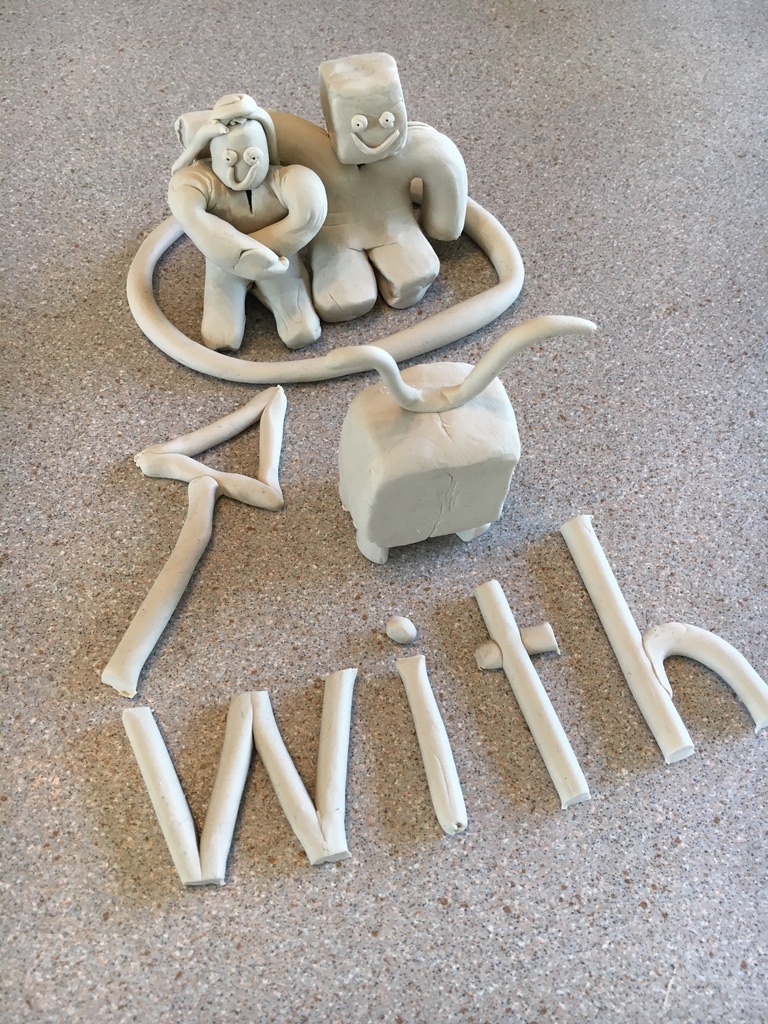
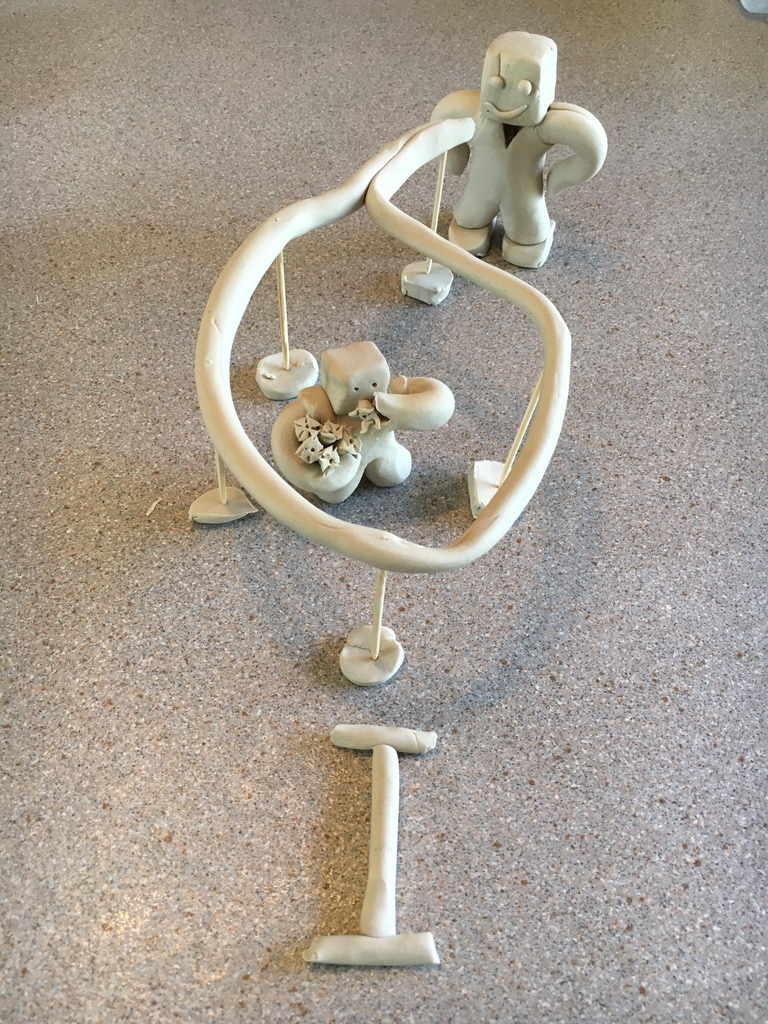
Confidence in the Classroom
Progress was evident not just during sessions but also in everyday situations.
For example, one afternoon, the learner was unexpectedly asked to read aloud in class. A supportive adult happened to be present, heart quietly pounding with anticipation.
They watched as the child calmly took a deep breath, used the tools they had practiced, and began to read.
Even though the passage included some tricky words, they read with clarity and confidence. No one in the room could have guessed he had ever struggled. As they finished, a proud smile spread across their face. That expression said it all.
A Journey of Consistency and Creativity
Of course, none of this happened overnight. It took time, creativity, and a lot of dedication. Claying the 217 trigger words became a part of home life. A clay table was set up. It became a game—how many could they master this week?
In addition, the learner taught their parent how to do the Koosh Ball exercise, which helps check if the Davis tools are being used effectively. That level of ownership was beautiful to witness.
Clearly, this wasn’t just about literacy. It was about transformation.
Now, reading is no longer a struggle. Sentences are pictured like little videos in the mind. Focus stays sharp. And the child who once feared the page now confidently says:
“When I grow up to be an inventor or a scientist, I’ll be able to write and focus using these tools.”
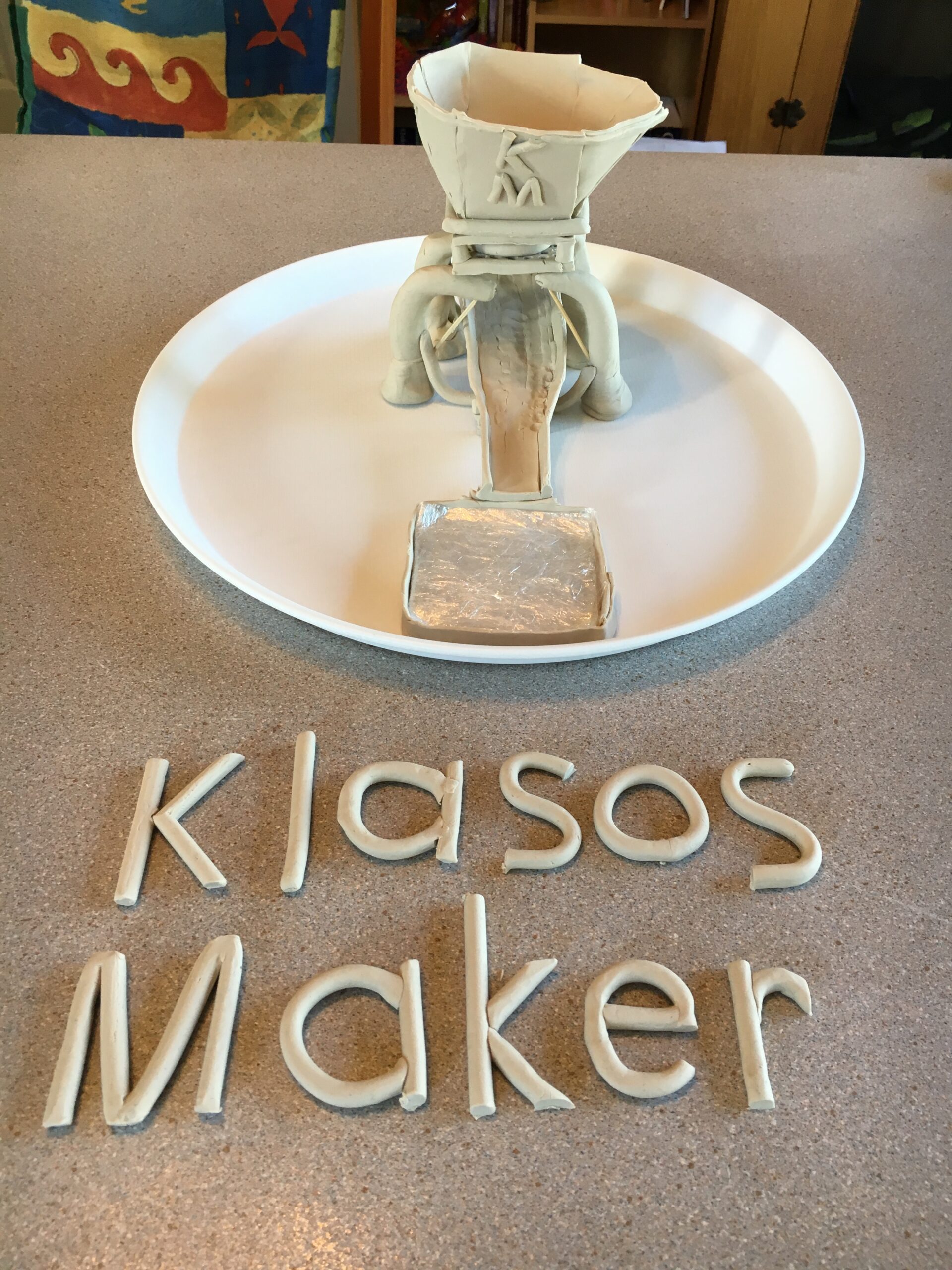
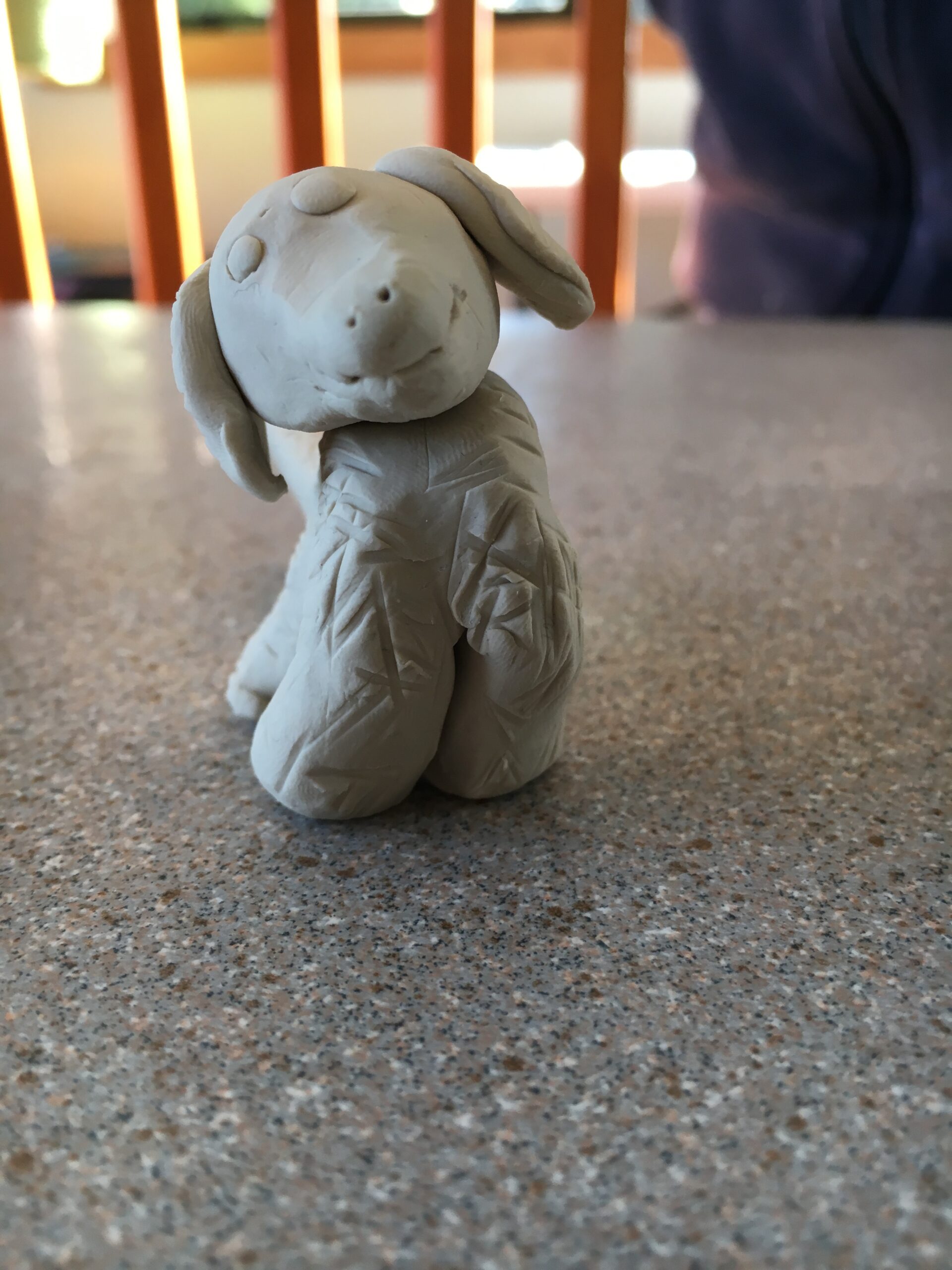
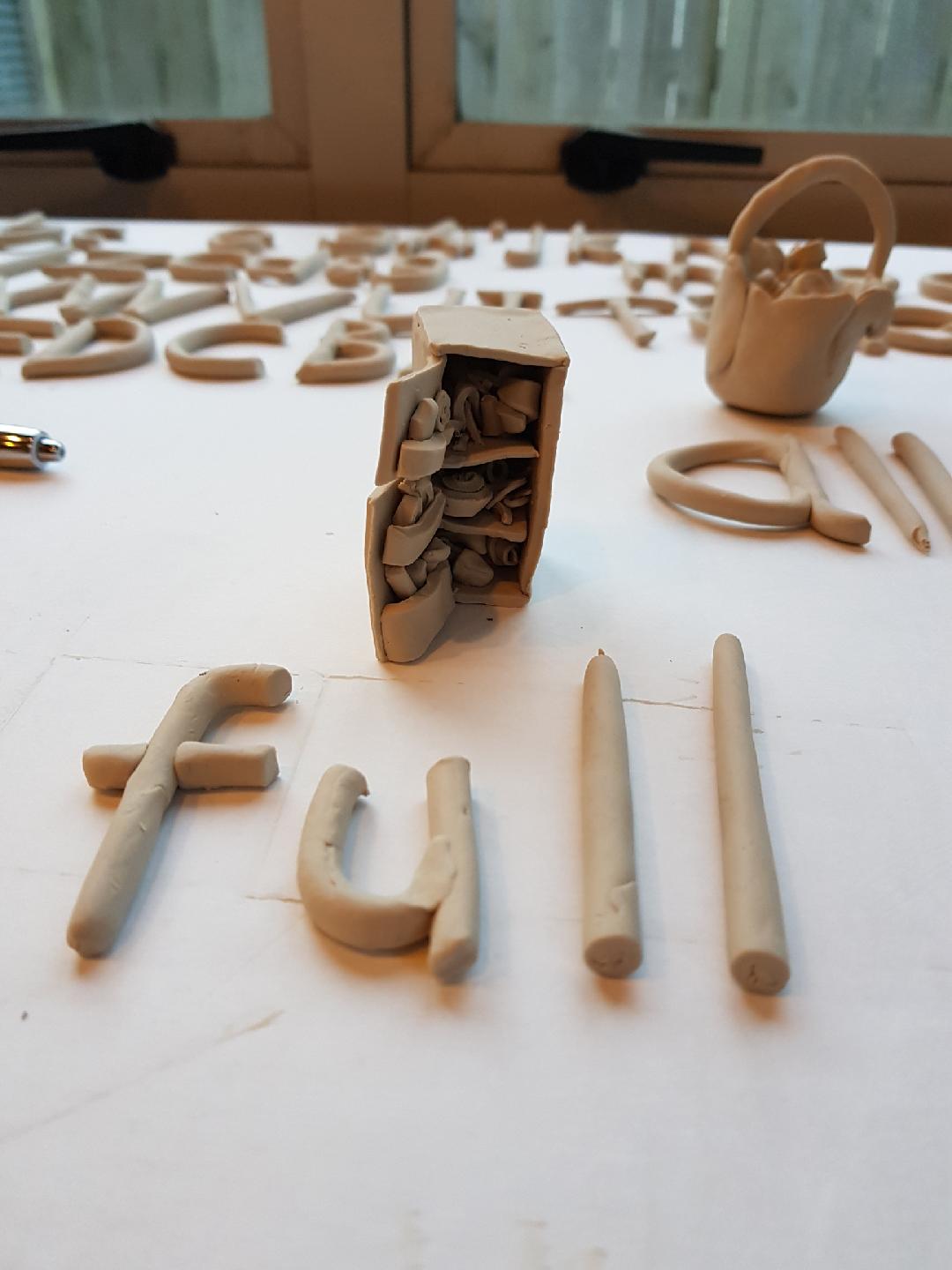
What’s Next?
When asked about the future, their reply was simple—but full of possibility:
“Now I can focus. I can write. I can do what I need to do.”
The Power of Meaningful Learning
Trigger words make up between 60% – 80% of the words in everyday text. Once these words are understood in a concrete, 3D way, everything changes—reading, writing, and confidence too.
This journey took hard work. It required consistency, creativity, and unwavering support. Most importantly, it was achieved—and the success is theirs to own.
Walking alongside this transformation was a joy. It’s an experience I’ll always treasure.
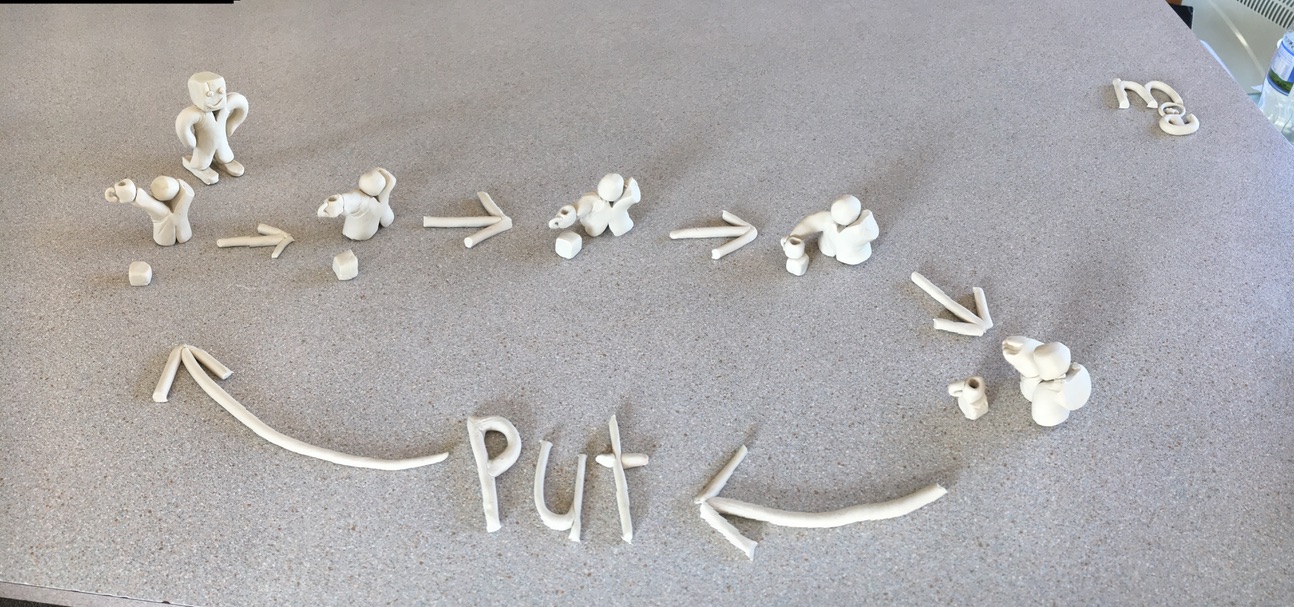
Could This Help Someone You Know?
If this story feels familiar—if reading is a daily struggle filled with tension or tears—please know that change is absolutely possible.
The Davis Young Learners Programme (designed for ages 7–8) includes extra coaching for parents and runs over two weeks.
For older learners, the Davis Dyslexia Mastery Programme may be a more suitable fit.
Here’s what both programmes include:
✔ Personalised one-to-one support
✔ Three structured follow-up sessions
✔ Direct access to a facilitator for 5–6 months after the programme
✔ Celebrations of key milestones—because every step forward matters
Let’s change the story together.
If reading feels like a source of fear or frustration, please know: change is possible.

